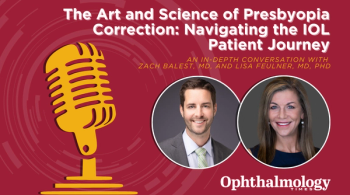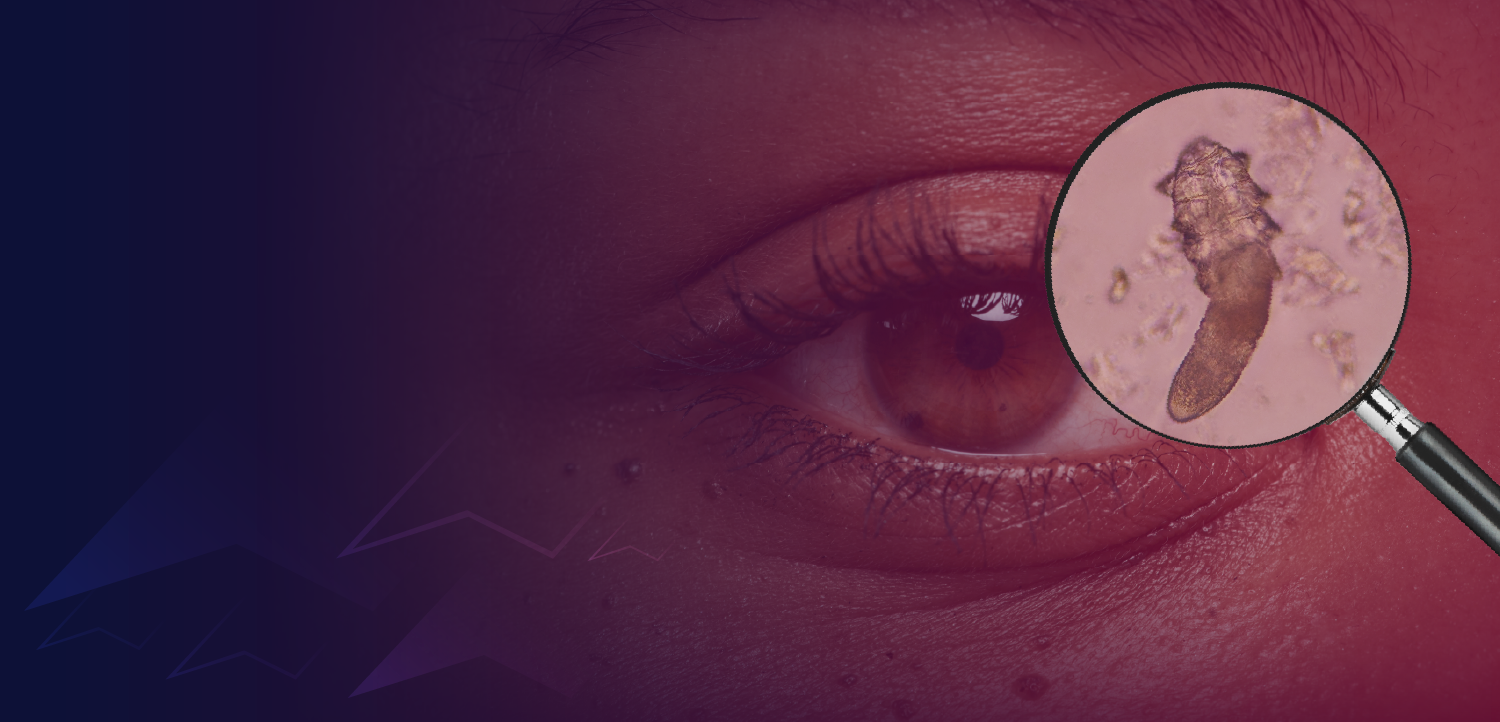
Meibomian gland dysfunction in younger populations: why early detection is critical
Routine evaluation of meibomian glands, starting in childhood, is crucial for identifying and managing this progressive disease before it leads to long-term ocular surface issues.
There is certainly a perception that meibomian gland dysfunction (MGD) is a disease of the elderly and postmenopausal women. It is true that older age is a risk factor for meibomian gland (MG) dropout and dysfunction1 and there is evidence that androgen interacts with other hormones to regulate lipid production and the functioning of the meibomian glands.2,3 Androgen deficiency, which occurs in menopause, may promote MGD and evaporative dry eye.3
However, MGD is not only an age-related phenomenon. We see it in younger populations, too. Preeya Gupta, MD, and colleagues found that a surprisingly high percentage (42%) of pediatric subjects had some degree of meibomian gland atrophy.4 The presence of MGD signs in patients younger than 18 may point to a coming epidemic of ocular surface disease starting at a much younger age.
Diet and digital device use are two factors that may play roles in MGD in young people. We know that the blink rate decreases dramatically during screen use, which is common at all ages, and especially among children. Since it is the blink action that triggers the release of meibum from the glands, it stands to reason that fewer blinks might have an impact on meibum secretion. At least one study has shown positive (albeit weak) correlations between screen time and meibomian gland morphology metrics such as atrophy and tortuosity.5 Additionally, the average American diet has an imbalance in the ratio of omega-6 and omega-3 fatty acids, contributing to MGD. High BMI and diabetes, both of which are increasing in young people, have also been associated with changes in meibomian glands.
I recently evaluated a 14-year-old male who presented with ocular irritation, redness, and problems using the computer for an extended period. Examination revealed bilateral MGD with inspissation of the glands, particularly in the central zones and reduced tear breakup time. Meibography demonstrated moderate atrophy of the glands. We implemented a multidisciplinary treatment approach, including a recommendation that he implement the 20-20-20 rule to reduce digital eye strain (every 20 minutes, take a break and look at something 20 feet away for 20 seconds, blink and apply artificial tears).
It is never too soon to educate young patients and their parents on the importance of maintaining a healthy, well-balanced diet that includes fish, nuts and seeds, and other sources of omega-3 fatty acids and implementing the 20-20-20 rule. Because this is a progressive disease, it is important for clinicians to make meibomian gland evaluation part of routine exams starting in childhood. We should not wait until patients are aged 50 or 60 years to image and express the glands. By looking at the meibomian glands earlier, we will be better positioned to address problems earlier.
Alice T. Epitropoulos, MD, FACS
E: [email protected]
Epitropoulos is in private practice, Central Ohio Eye and Plastic Surgery at The Eye Center of Columbus, Ohio. She is a consultant or speaker with the following companies: Alcon/Novartis, Aldeyra, Allergan/Abbvie, AMO/J&J/TearScience, Bausch and Lomb, Biotissue, Bruder Healthcare, Dompe, EyePoint, Horizon, Imprimis, OTX, SightSciences, Sun Ophthalmics, Tarsus, Trukera, and Viatris Inc/Oyster Point.
References
Kim CK, Carter S, Kim C, et al. Risk factors for meibomian gland disease assessed by meibography. Clin Ophthalmol. 2023;17:3331-3339. Published November 2, 2023. doi:10.2147/OPTH.S428468
Wang LX, Deng YP. Androgen and meibomian gland dysfunction: from basic molecular biology to clinical applications. Int J Ophthalmol. 2021;14(6):915-922. Published June 18, 2021. doi:10.18240/ijo.2021.06.18
Sullivan DA, Sullivan BD, Evans JE, et al. Androgen deficiency, Meibomian gland dysfunction, and evaporative dry eye. Ann N Y Acad Sci. 2002;966:211-222. doi:10.1111/j.1749-6632.2002.tb04217.x
Gupta PK, Stevens MN, Kashyap N, Priestley Y. Prevalence of meibomian gland atrophy in a pediatric population. Cornea. 2018;37(4):426-430. doi:10.1097/ICO.0000000000001476
Kocamiş Ö, Temel E, Aşikgarip N, Örnek K. Electronic device screen time and meibomian gland morphology in children. J Ophthalmic Vis Res. 2021;16(4):531-537. Published October 25, 2021. doi:10.18502/jovr.v16i4.9741
Newsletter
Don’t miss out—get Ophthalmology Times updates on the latest clinical advancements and expert interviews, straight to your inbox.


















































.png)


